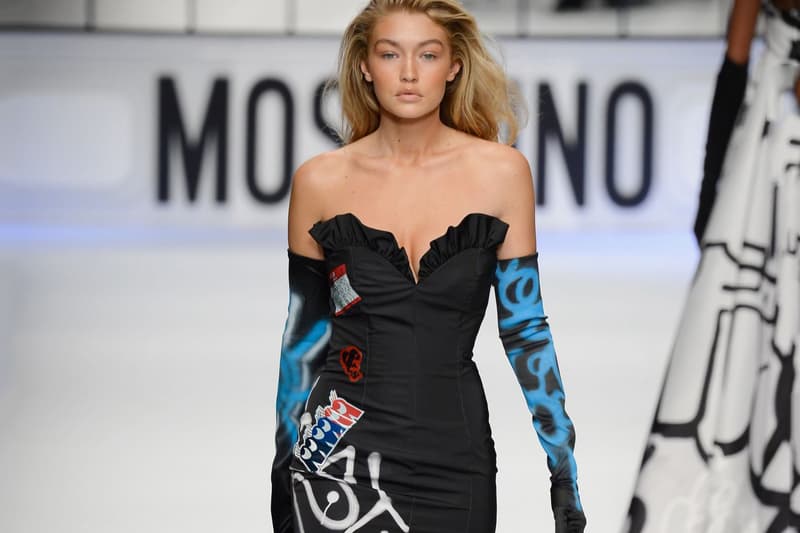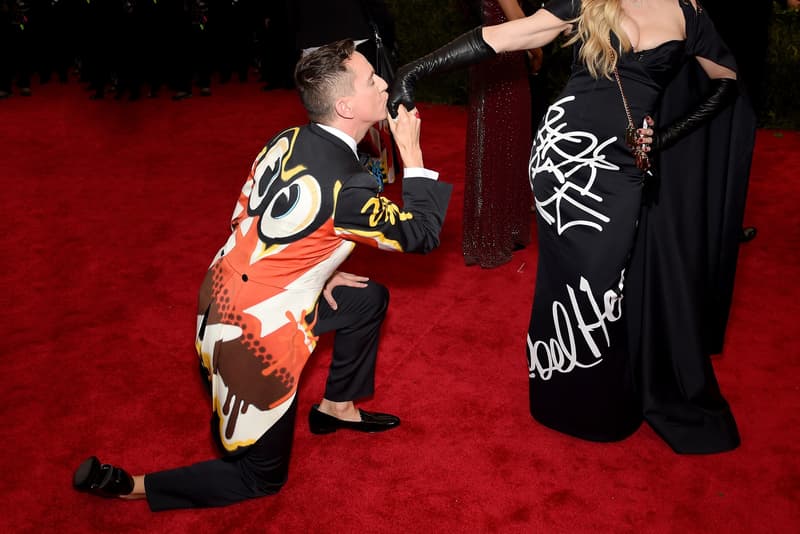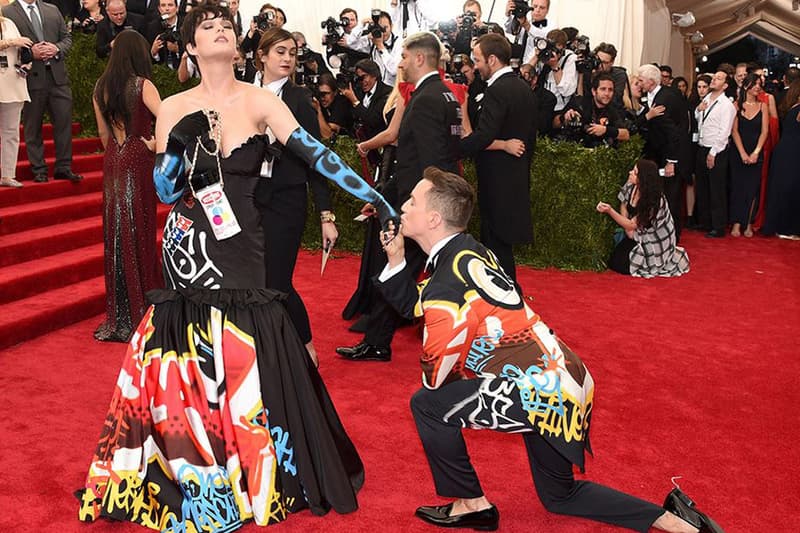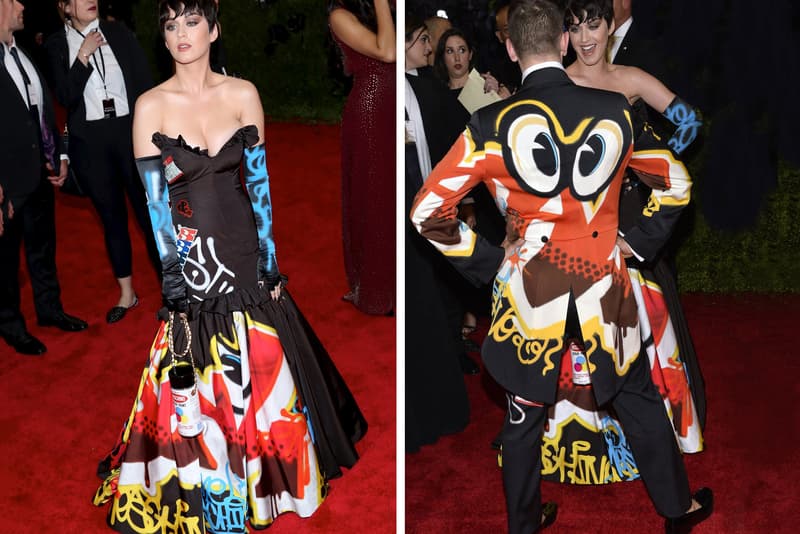Jeremy Scott Sued for Stealing Graffiti Art Designs, Says Graffiti Should Not Be Recognized by the Law
Is graffiti legally protected by copyright infringement?




Both Moschino and the label’s creative director and designer Jeremy Scott are named in a hefty lawsuit by Brooklyn-based artist Joseph Tierney, also known as RIME. As The Fashion Law reports, Scott is accused of lifting an exact copy of Tierney’s graffiti art known as “Vandal Eyes” for Moschino’s previous collection (most notably on pieces worn by Gigi Hadid on the runway and Katy Perry at the Metropolitan Museum of Art Costume Institute Gala). “Moschino and Scott released a capsule collection featuring graphic designs that included literal copies of images of [RIME's] mural. To add insult to injury, Moschino and Scott also included a forgery of Plaintiff’s signature and Plaintiff’s name ‘Rime’ throughout the collection,” states Tierney’s motion.
While the design is uncannily similar, Scott refutes the case stating graffiti is an act of vandalism and should not be protected by law. Moschino and Scott’s motion reports, “As a matter of public policy and basic logic, it would make no sense to grant legal protection to work that is created entirely illegally. Brazen and willful violations of the law cannot, and, indeed, should not result in the award of copyright privileges.” In regards to the designs copying RIMES’ signature tag, the label and designer argue back it was added “to create an urban feel” for the design’s graffiti theme.
Moschino and Scott’s legal team went a step further by referencing the famous unsolved case of the Black Dahlia murder in 1947, stipulating that the killer could not sue police and the media for disassembling and distributing his “criminal handiwork” aka the mutilated body of 22-year-old Elizabeth Short. While reports state Moschino and Scott’s legal counsel have been accused of straying off topic throughout the case, RIMES goes on to accuse the legal team of bullying, acting unethically and intentionally misconstruing the law. “To meet their goal of asserting multiple challenges to each and every cause of action,” the motion reports, “Defendants must dig deep for grounds that rely on a far too stringent fact pleading standard, or on misstatements of law.”
Tierney indeed did not have permission from the owner of the building in Detroit which he tagged his mural on, but do you think this is a case of copyright infringement or not? Watch the making of the original art piece and leave your thoughts below.












